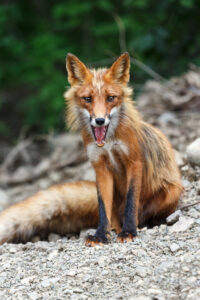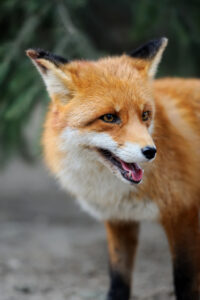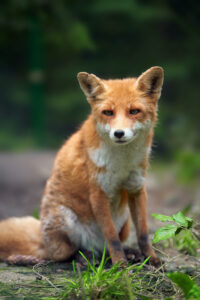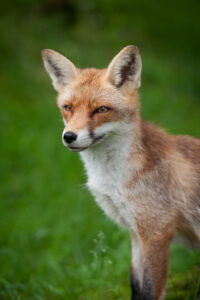The red fox, known scientifically as Vulpes vulpes, is one of the most adaptable and widespread mammals on the planet. Their ability to thrive in diverse habitats, from dense forests to urban sprawls, has earned them a reputation for intelligence and cunning. In this article, we'll delve into the various habitats of the red fox and explore the reasons behind their widespread distribution.
Key Takeaways:
- Red foxes are found in diverse habitats including forests, grasslands, mountains, and deserts.
- They have a remarkable ability to adapt to human environments.
- Their diet is versatile, ranging from rodents to fruits and even garbage in urban areas.
- Communication among red foxes involves both visual signals and scent marking.
- Red foxes have a varied coat color, which can be golden, reddish-brown, silver, or even black.
Habitats of the Red Fox
Forests and Grasslands
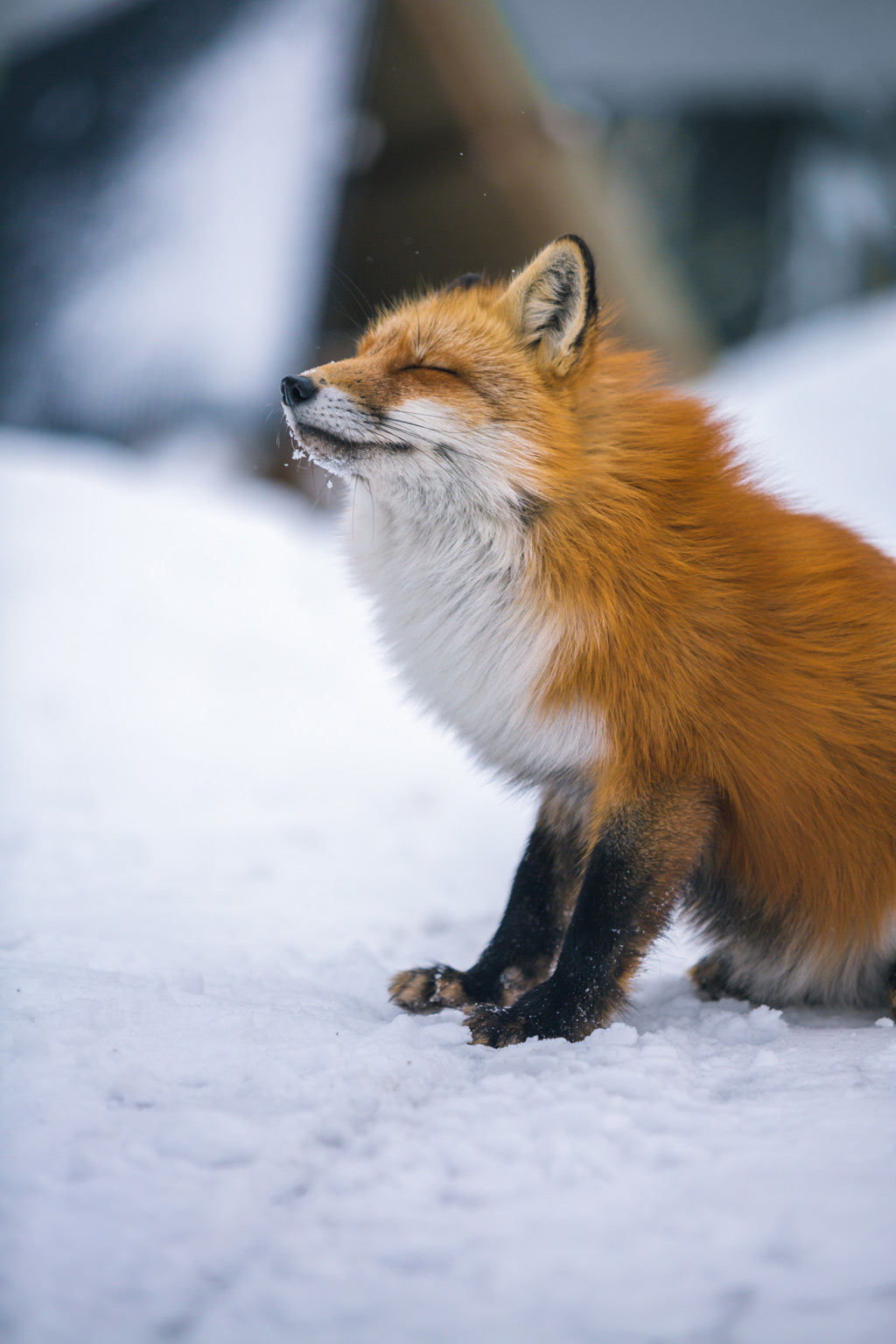
Red foxes are commonly found in forests and grasslands. These environments provide ample food sources, such as rodents, rabbits, and birds. The dense vegetation offers shelter and hiding spots, essential for their survival.
Mountains and Deserts
In more extreme conditions, such as mountains and deserts, red foxes demonstrate their adaptability. They adjust their hunting techniques and diet to suit the available resources.
Urban and Suburban Areas
Surprisingly, red foxes have also made their homes in human-dominated landscapes. Farms, suburban areas, and even large communities can host these adaptable creatures. Their opportunistic nature allows them to dine on garbage and pet food when in human habitats.
Behavior and Communication
Red foxes are solitary hunters. Their diet is as flexible as their habitat, consuming everything from rodents to fruits and even worms. Their thick tail, similar to a cat's, aids in balance and serves other purposes. For instance, during cold weather, a fox uses its tail as a warm cover. It also acts as a signal flag for communication with other foxes.
Foxes communicate using scent posts, marking trees or rocks with urine to announce their presence. This form of communication is crucial for establishing territories and avoiding potential conflicts.
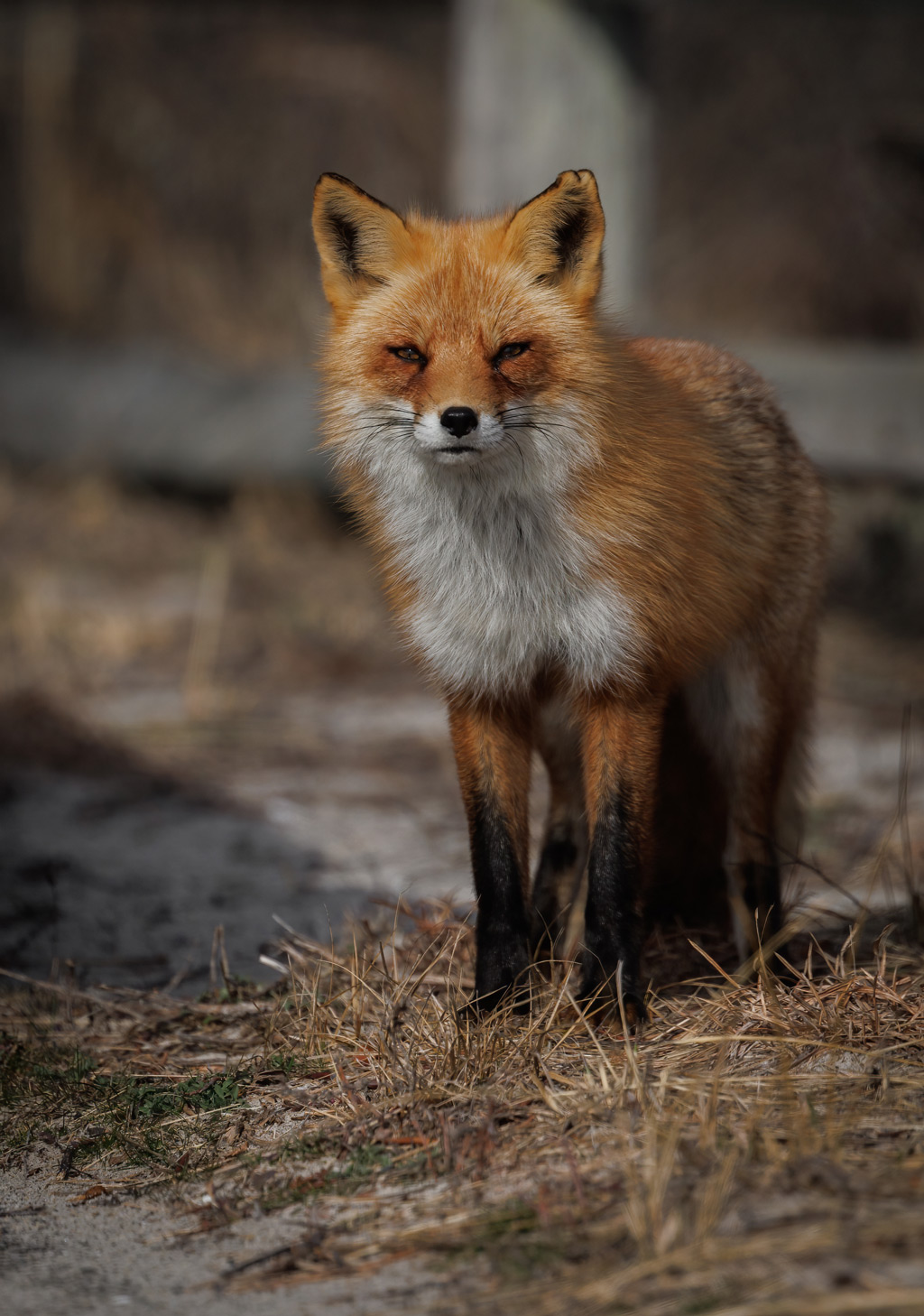
Breeding and Lifecycle
During winter, foxes mate, leading to the birth of a litter ranging from 2 to 12 pups in the spring. Interestingly, red fox pups are born brown or gray, only developing their characteristic red coat within the first month. Both parents play a role in caring for their young, ensuring they are ready to venture out on their own by fall.
Frequently Asked Questions
What do red foxes eat?
Red foxes have a varied diet that includes rodents, rabbits, birds, fruits, vegetables, fish, frogs, and worms. In human-dominated areas, they might also consume garbage and pet food.
How long do red foxes live?
In the wild, red foxes have an average lifespan of 2 to 4 years.
Are red foxes dangerous to humans?
Generally, red foxes are not dangerous to humans. However, like all wild animals, they can become aggressive if threatened or cornered.
External Resources:
- National Geographic's article on Red Fox
- National Wildlife Federation's guide on Red Fox
- Wikipedia's detailed page on Red Fox
Tables with Relevant Facts
| Fact | Detail |
|---|---|
| Scientific Name | Vulpes vulpes |
| Type | Mammal |
| Diet | Omnivore |
| Average Life Span in the Wild | 2 to 4 years |
| Size (Head and body) | 18 to 33.75 inches |
| Tail Length | 12 to 21.75 inches |
| Weight | 6.5 to 24 pounds |
| IUCN Red List Status | Least concern |
| Current Population Trend | Stable |
Delving Deeper into Their Habitats
The red fox, with its iconic fiery coat and bushy tail, continues to intrigue wildlife enthusiasts and researchers alike. Their adaptability and resilience have allowed them to colonize a wide range of habitats, from the icy tundras of the north to the arid deserts of the south. In this continuation, we'll further explore the habitats of the red fox and their interactions with the environment and humans.
North American Territories
Red foxes are prevalent across most of North America, from the icy terrains of Baffin Island and Alaska to the warmer regions of the southern United States. Their presence is notable everywhere except for some parts of coastal western Canada and Oregon.
European and Asian Regions
In Europe and Asia, red foxes have marked their territories in dense woodlands, moorlands, coastal dunes, and even above the tree-line in mountain ranges. Their adaptability is evident in their ability to thrive in varied landscapes.
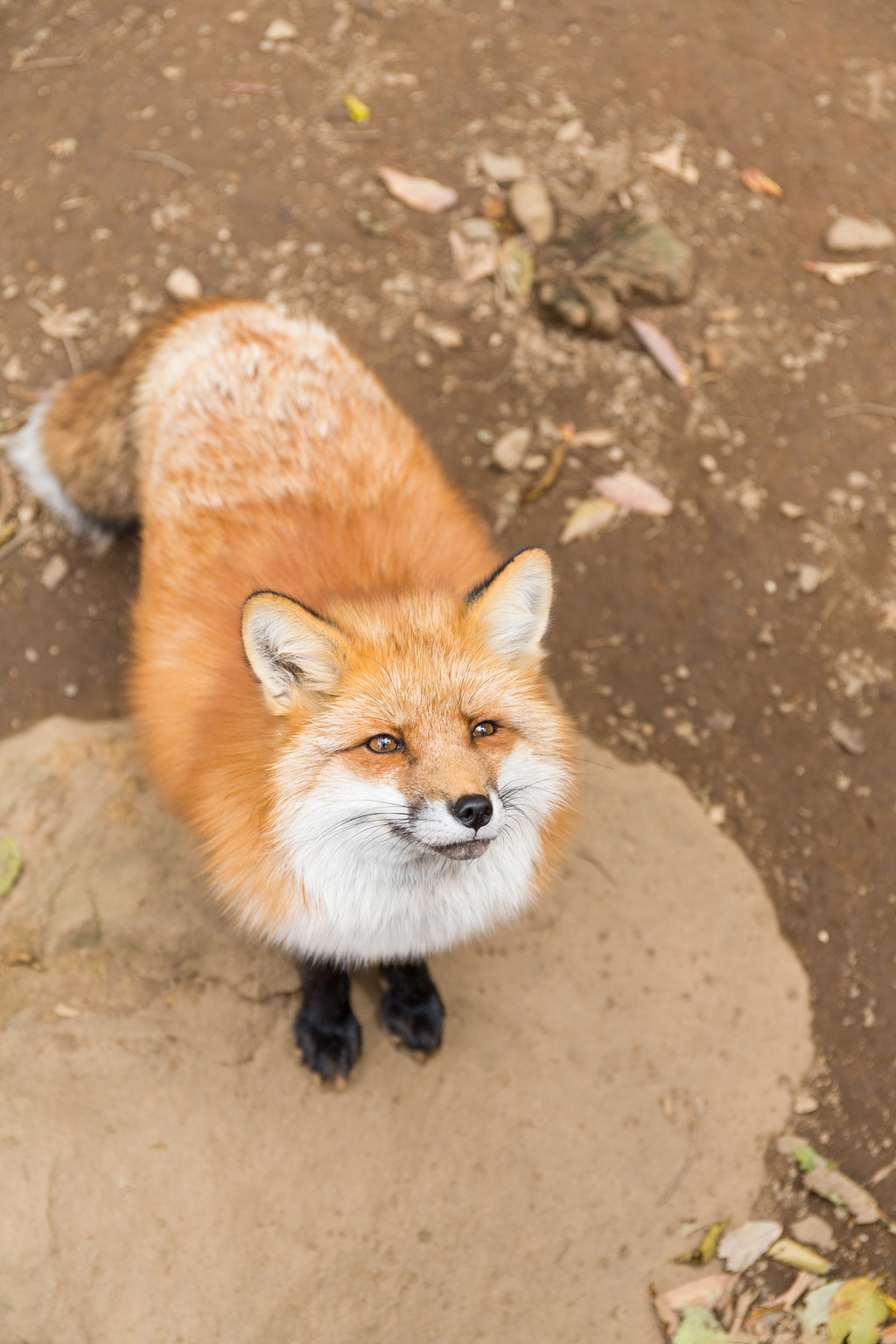
Interactions with Humans
Red foxes have a unique relationship with humans. While they have adapted to urban and suburban settings, often seen scavenging in garbage bins or roaming the streets, they still face threats. Many are hunted for sport, and in some areas, they are considered pests. Furthermore, the spread of urbanization continues to encroach upon their natural habitats.
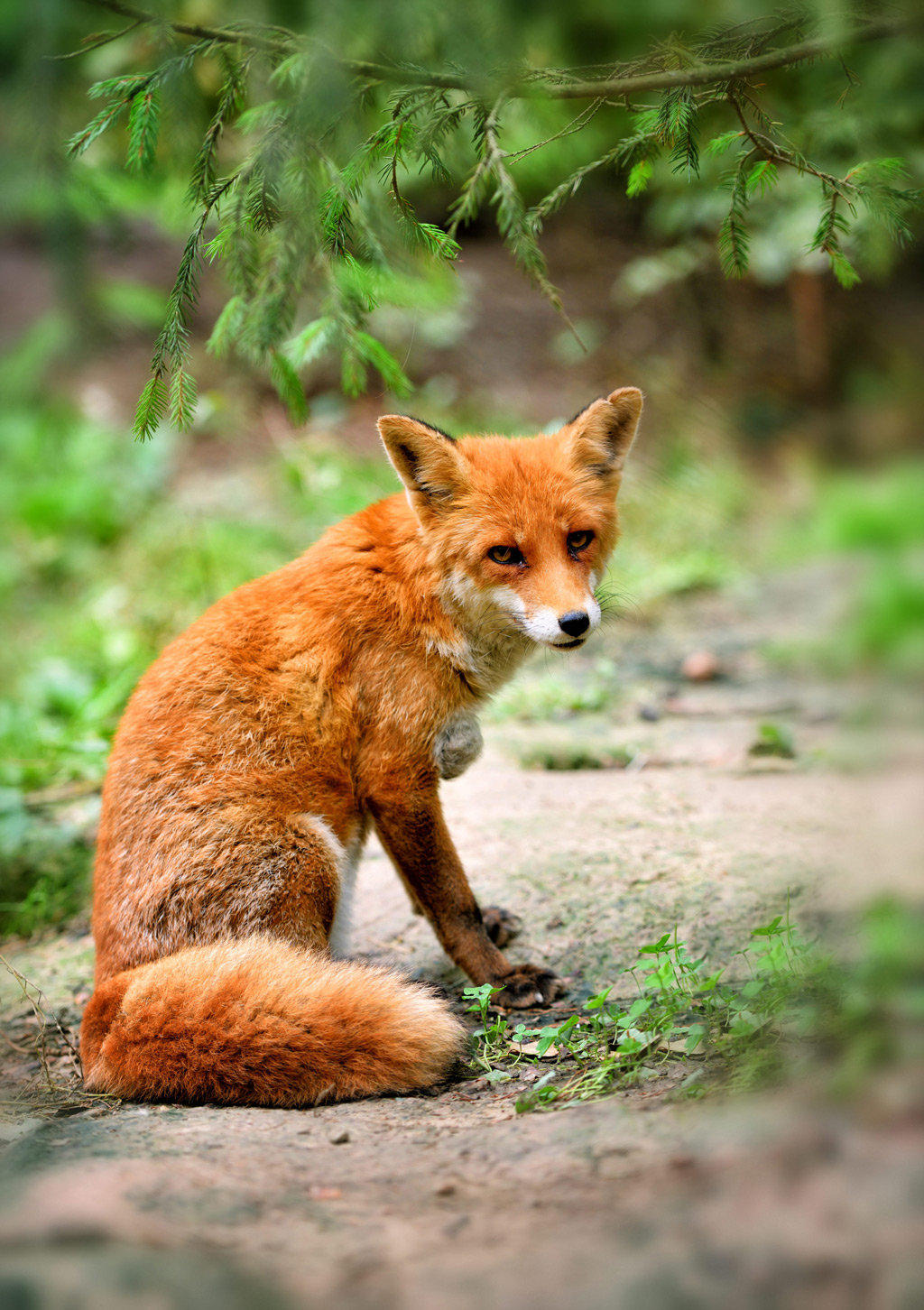
Communication and Social Dynamics
Foxes, though solitary in their hunting habits, have intricate social dynamics. They communicate using various methods, including vocalizations, body language, and scent marking. Urinating on trees or rocks, known as scent posts, helps them establish territories and communicate with potential mates.
External Resources:

